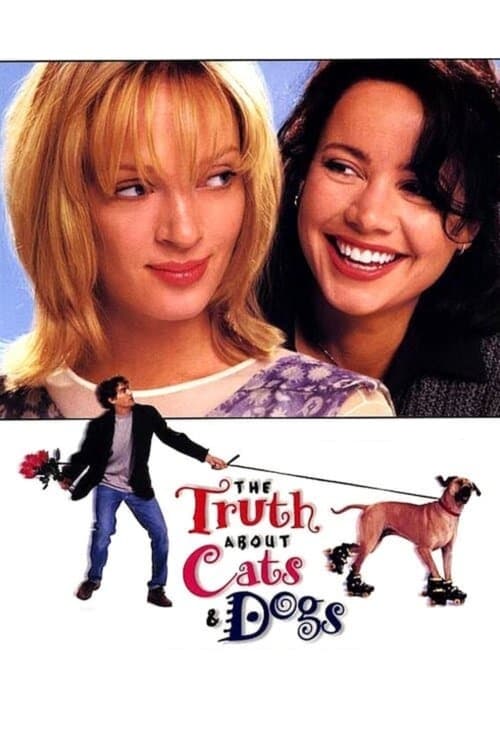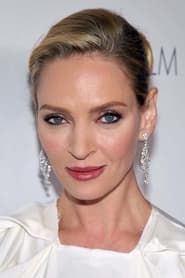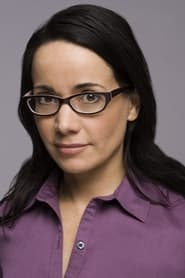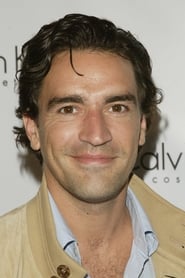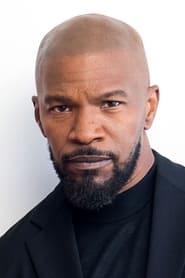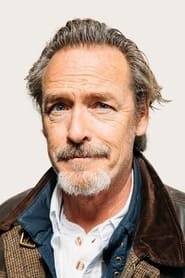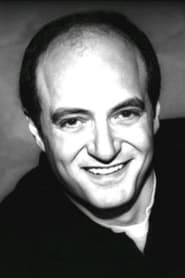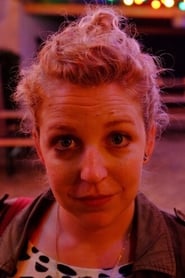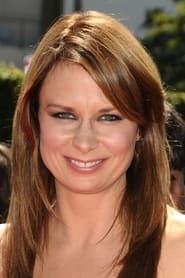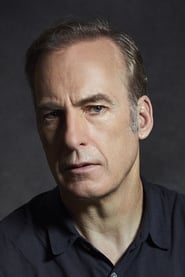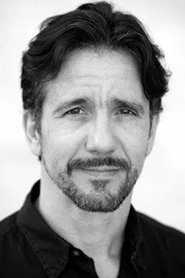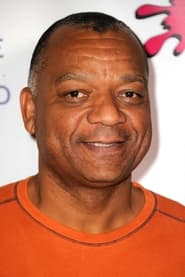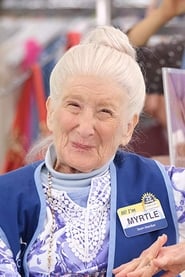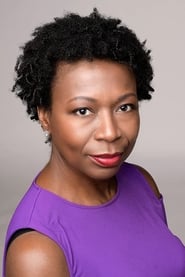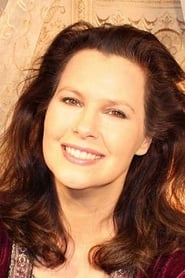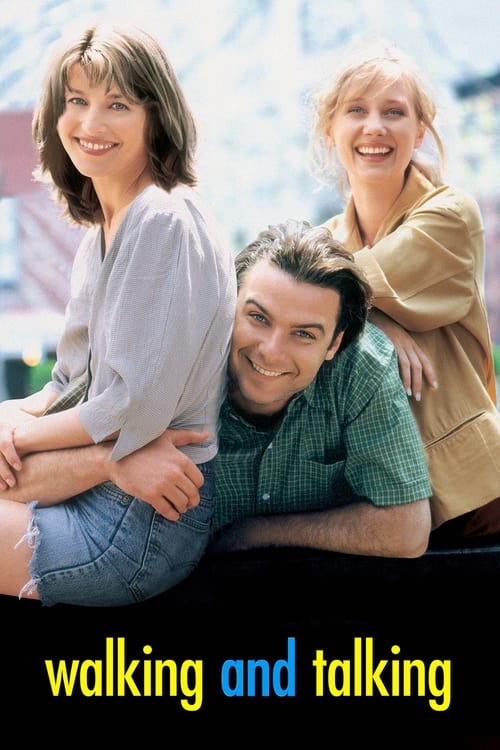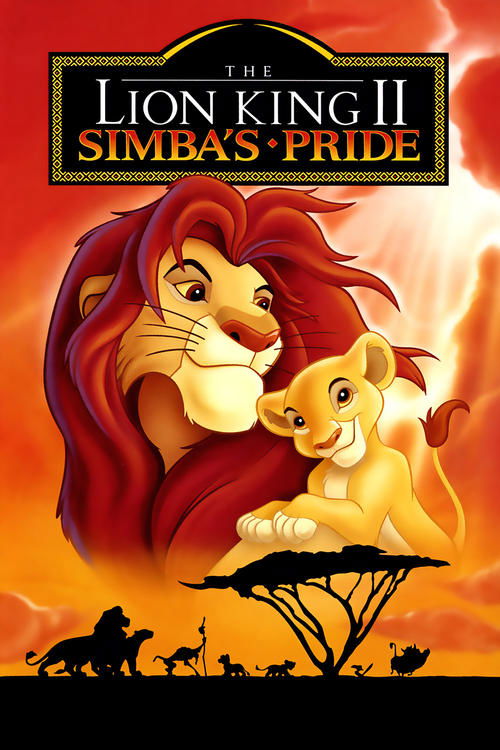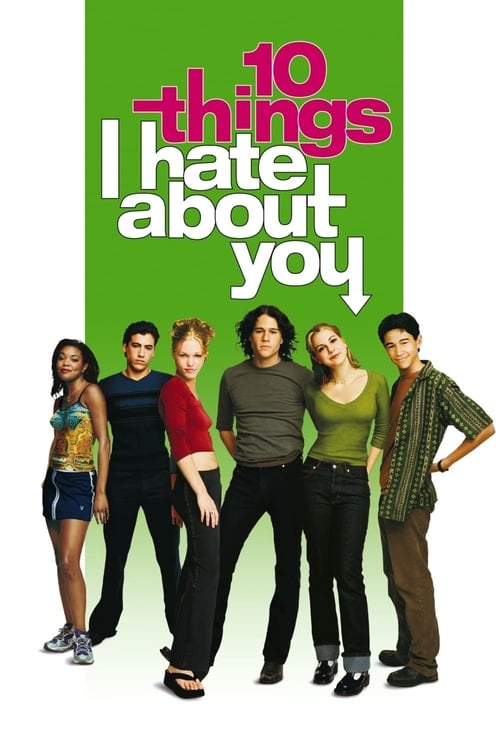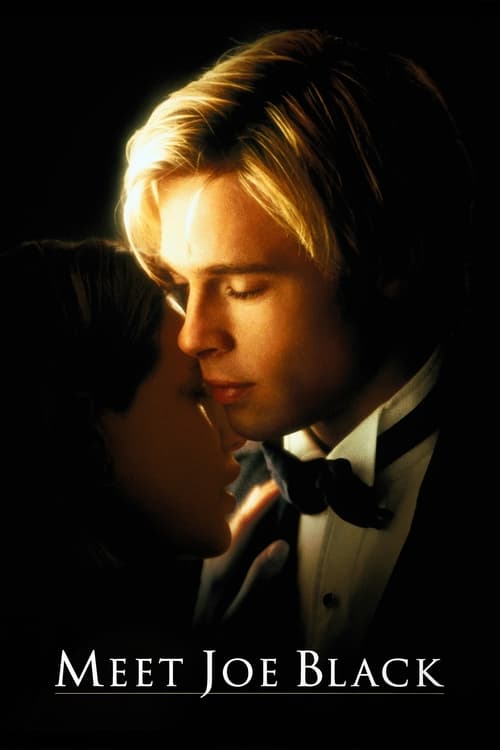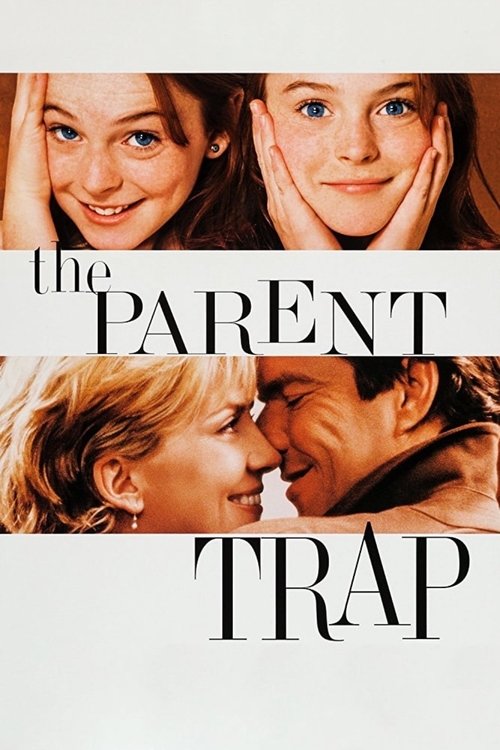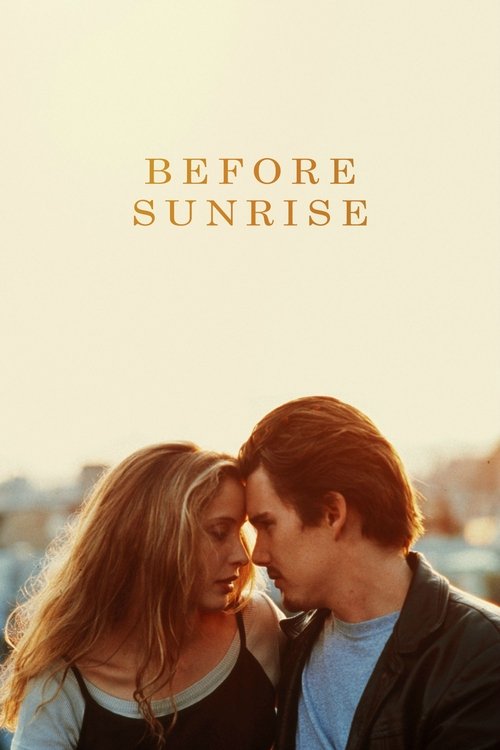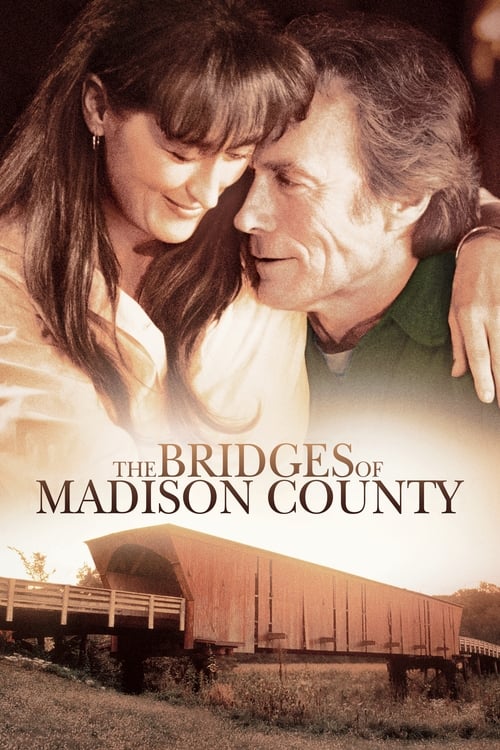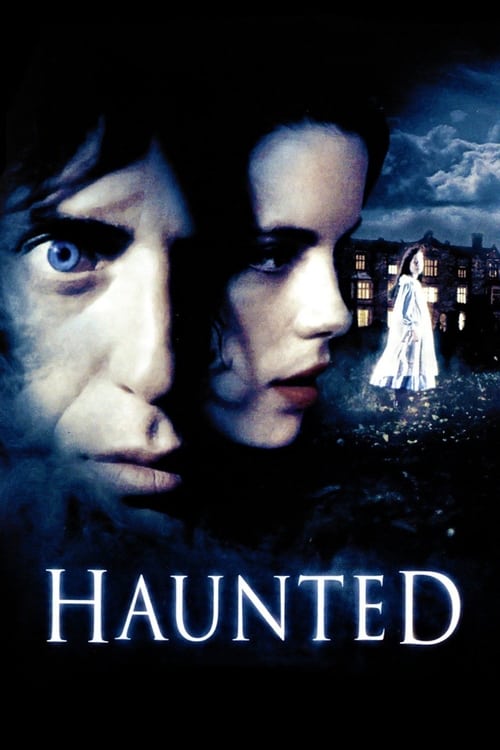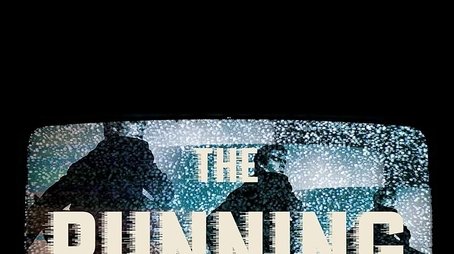
Ask Your Own Question
What is the plot?
The story begins in mid-1990s Los Angeles, where Dr. Abby Barnes, a veterinarian, hosts a popular radio show called The Truth About Cats and Dogs. Abby is intelligent, caring, and witty, but she harbors deep insecurities about her appearance. She lives a modest life in her apartment with her tuxedo Norwegian Forest cat, a quiet but comforting presence in her world. On air, Abby confidently dispenses advice to pet owners, her voice warm and knowledgeable, yet off the microphone, her self-esteem falters.
One day, Brian, a charming British commercial photographer recently relocated to Los Angeles, calls into Abby's show seeking advice about his difficult Great Dane. His British accent and gentle manner captivate Abby immediately. During the call, Abby's professional persona shines, and Brian is impressed enough to send her a gift and later call her at the radio station to ask her out. Abby hesitates, struck by insecurity. When Brian asks how he will recognize her, Abby panics and fabricates a description: she tells him she is tall and blonde, attributes that belong to her neighbor Noelle Slusarsky, a strikingly beautiful but intellectually limited aspiring model who lives in the same building.
Abby's insecurity leads her to stand Brian up at the arranged meeting. Soon after, Abby intervenes in a tense hallway confrontation between Noelle and her abusive boyfriend Roy, a violent and controlling man who even breaks Abby's violin bow in a fit of rage. Abby defends Noelle, and the two women forge an uneasy friendship. Noelle, who is struggling with her own self-worth and a toxic relationship, is persuaded by Abby to impersonate her--Noelle will meet Brian pretending to be Abby, while Abby will continue communicating with Brian by phone, maintaining the intellectual and emotional connection he has with her radio persona.
When Brian unexpectedly shows up at Abby's workplace, Noelle is there too. Abby convinces Noelle to go along with the ruse, and they begin a complex dance of deception. Noelle, portraying Abby in person, is physically attractive but noticeably less articulate and insightful than Abby's radio voice. Brian finds himself conflicted--he is drawn to Noelle's beauty but misses the wit and depth he hears on the phone. Meanwhile, Abby, speaking to Brian in her true voice over the phone, shares long, intimate conversations that deepen their emotional bond. One night, they talk for nearly seven hours, their connection growing stronger as dawn approaches.
Abby adopts the persona of Donna, a friend of Noelle's, to explain the discrepancy between the woman Brian sees and the voice he hears on the radio. The charade continues, with Brian caught between his physical attraction to Noelle and his intellectual and emotional love for Abby. This duality builds tension as Brian's confusion mounts.
The story reaches a pivotal moment when Abby and Noelle decide to reveal the truth to Brian. They plan for Noelle to show up at Brian's home while Abby is live on the radio, hoping to clear the misunderstanding. However, when Noelle arrives, she is unexpectedly moved by Brian's heartfelt words about the woman he loves--words he believes describe Noelle but are actually about Abby. Enchanted by the flattery and kindness, Noelle hesitates and fails to confess the deception, causing strain and nearly fracturing her friendship with Abby.
Eventually, the truth comes out. Brian realizes that the woman he has fallen for intellectually and emotionally is Abby, the brunette veterinarian, not Noelle. He forgives both women for the deception and accepts Abby for who she truly is. Noelle, recognizing that being admired for someone else's qualities is hollow, decides to take a two-week modeling job out of town to gain perspective and distance herself from Brian and the complicated situation.
The film closes with Abby and Brian together, their misunderstandings resolved. Abby embraces her self-worth, and Brian accepts her authentic self. The tuxedo cat, a silent witness to the unfolding drama, appears once more as Abby and Brian share a tender moment feeding and petting a long-haired tabby cat on the Santa Monica Pier, symbolizing their new beginning.
Throughout the story, there are no deaths, but several confrontations shape the narrative: Abby standing up to Roy's abusive behavior, Brian's internal struggle with his divided feelings, Noelle's battle with her insecurities and abusive relationship, and the tension between Abby and Noelle as they navigate their complicated friendship.
In the end, The Truth About Cats & Dogs is a modern romantic comedy that explores themes of self-acceptance, friendship, and the complexities of love, all set against the backdrop of mid-1990s Los Angeles with vivid emotional moments and sharp dialogue, such as Abby's confession to Brian over the phone, "I'm tall, and blond…" which sets the entire story in motion.
What is the ending?
In the ending of "The Truth About Cats & Dogs," after a series of misunderstandings and emotional turmoil, Abby and Brian finally confront their feelings for each other. Abby reveals her true identity to Brian, and they share a heartfelt moment that leads to a romantic resolution. Meanwhile, the film concludes with a sense of acceptance and understanding about love and self-identity.
As the film approaches its climax, the tension between Abby and Brian escalates. Abby, played by Uma Thurman, has been living a double life, pretending to be her more glamorous friend, Noelle, to win Brian's affection. The emotional weight of her deception begins to take its toll on her, and she grapples with feelings of inadequacy and fear of rejection.
In the final act, Abby decides she can no longer hide behind Noelle's image. She must confront Brian, portrayed by John Corbett, and reveal her true self. The scene is set in Abby's apartment, where she prepares herself for the confrontation. The atmosphere is thick with anticipation and anxiety as she rehearses what she will say, her heart racing with the fear of losing Brian.
Meanwhile, Brian is at a crossroads himself. He has developed genuine feelings for Abby, but he is still caught up in the confusion surrounding Noelle. As he arrives at Abby's apartment, he is unaware of the emotional storm brewing within her. The door opens, and Abby stands before him, vulnerable yet determined.
In a poignant moment, Abby takes a deep breath and confesses everything. She explains how she felt compelled to present herself as someone else, fearing that the real Abby would not be enough for him. Brian listens intently, his expression shifting from confusion to understanding. The weight of her honesty hangs in the air, and the tension between them begins to dissolve.
As Abby speaks, her voice trembles with emotion, revealing her insecurities and the depth of her feelings for Brian. She expresses her desire for him to see her for who she truly is, not the facade she had created. Brian, moved by her vulnerability, reassures her that he has fallen for the real Abby, not the illusion she had crafted.
The scene shifts to a more intimate setting, where the two share a moment of connection. Brian reaches out, taking Abby's hand, and they share a tender kiss. This moment signifies a turning point in their relationship, as both characters embrace their true selves and the love that has blossomed between them.
As the film draws to a close, we see Abby and Brian together, walking hand in hand through a park, their faces illuminated by the warm glow of the setting sun. The camera captures their laughter and the ease of their companionship, symbolizing the newfound authenticity in their relationship. Abby's journey of self-acceptance culminates in this moment, as she realizes that love is not about perfection but about being true to oneself.
In the final scenes, Noelle, played by John Corbett's character's friend, also finds her own path, having learned from the events that unfolded. She supports Abby and Brian, showcasing the importance of friendship and honesty in relationships.
The film concludes with a sense of hope and fulfillment, as Abby and Brian embark on a new chapter together, having overcome their fears and embraced their true identities. The fate of each character reflects the film's central themes of love, self-acceptance, and the complexities of human relationships, leaving the audience with a heartwarming resolution.
Is there a post-credit scene?
The movie "The Truth About Cats & Dogs," produced in 1996, does not have a post-credit scene. The film concludes with the resolution of the main storyline, focusing on the romantic entanglements and personal growth of the characters, particularly the relationship between Abby and Brian. After the climax, where Abby reveals her true self to Brian, the film wraps up with a sense of closure, leaving no additional scenes or content after the credits. The ending emphasizes themes of honesty and self-acceptance, aligning with the film's overall narrative arc.
What is the significance of the phone call between Abby and Brian?
The phone call between Abby and Brian is a pivotal moment in the film, showcasing Abby's insecurities and her struggle with her self-image. During the call, Abby, who is insecure about her looks, pretends to be her more attractive friend, Uma. This deception sets the stage for the central conflict of the story, as Abby grapples with the consequences of her lie and her growing feelings for Brian.
How does Abby's relationship with her dog, Dog, reflect her character?
Abby's relationship with her dog, Dog, is a reflection of her nurturing and caring nature. Dog serves as a source of comfort and companionship for Abby, highlighting her loneliness and desire for connection. The bond they share also emphasizes Abby's vulnerability, as she often confides in Dog about her insecurities and romantic troubles, making her character more relatable and endearing.
What role does the character of Uma play in the story?
Uma, played by the stunning actress, serves as Abby's best friend and the embodiment of the idealized beauty that Abby feels she lacks. Uma's character is crucial as she inadvertently becomes the catalyst for Abby's deception. Her confidence and looks contrast sharply with Abby's self-doubt, and as the story unfolds, Uma's presence complicates Abby's relationship with Brian, leading to moments of tension and humor.
How does Brian's perception of Abby change throughout the film?
Brian initially sees Abby as a friend and is unaware of her feelings for him. However, as he gets to know her through their conversations, he begins to appreciate her intelligence, wit, and warmth. His perception shifts dramatically when he learns the truth about Abby's deception, leading to a moment of realization about the depth of his feelings for her, ultimately culminating in a more profound connection.
What is the impact of the climactic confrontation between Abby and Brian?
The climactic confrontation between Abby and Brian is a turning point in the film, where Abby's deception is revealed. This moment is charged with emotion as Abby expresses her fears of inadequacy and the reasons behind her lies. Brian's reaction is pivotal; he confronts his own feelings and the superficiality of his initial attraction to Uma. This confrontation forces both characters to confront their true selves and leads to a deeper understanding of love and acceptance.
Is this family friendly?
"The Truth About Cats & Dogs," produced in 1996, is generally considered a romantic comedy suitable for a family audience, but it does contain some elements that may be objectionable or upsetting for children or sensitive viewers. Here are a few aspects to consider:
-
Misunderstandings and Deception: The central plot revolves around a misunderstanding and deception regarding identity, which may be confusing or distressing for younger viewers who might not grasp the nuances of the situation.
-
Romantic Themes: The film explores themes of love and attraction, including jealousy and insecurity, which may not be suitable for very young children. The emotional struggles of the characters could resonate differently with sensitive viewers.
-
Mild Language: There are instances of mild profanity and suggestive language that may not be appropriate for all audiences.
-
Emotional Conflict: Characters experience feelings of inadequacy, jealousy, and heartbreak, which could be upsetting for some viewers, particularly those who are sensitive to emotional distress.
-
Physical Comedy: There are moments of physical comedy that may involve mild slapstick or awkward situations, which could be perceived as uncomfortable or embarrassing.
Overall, while the film is lighthearted and comedic, these elements may warrant parental guidance for younger audiences or sensitive viewers.

